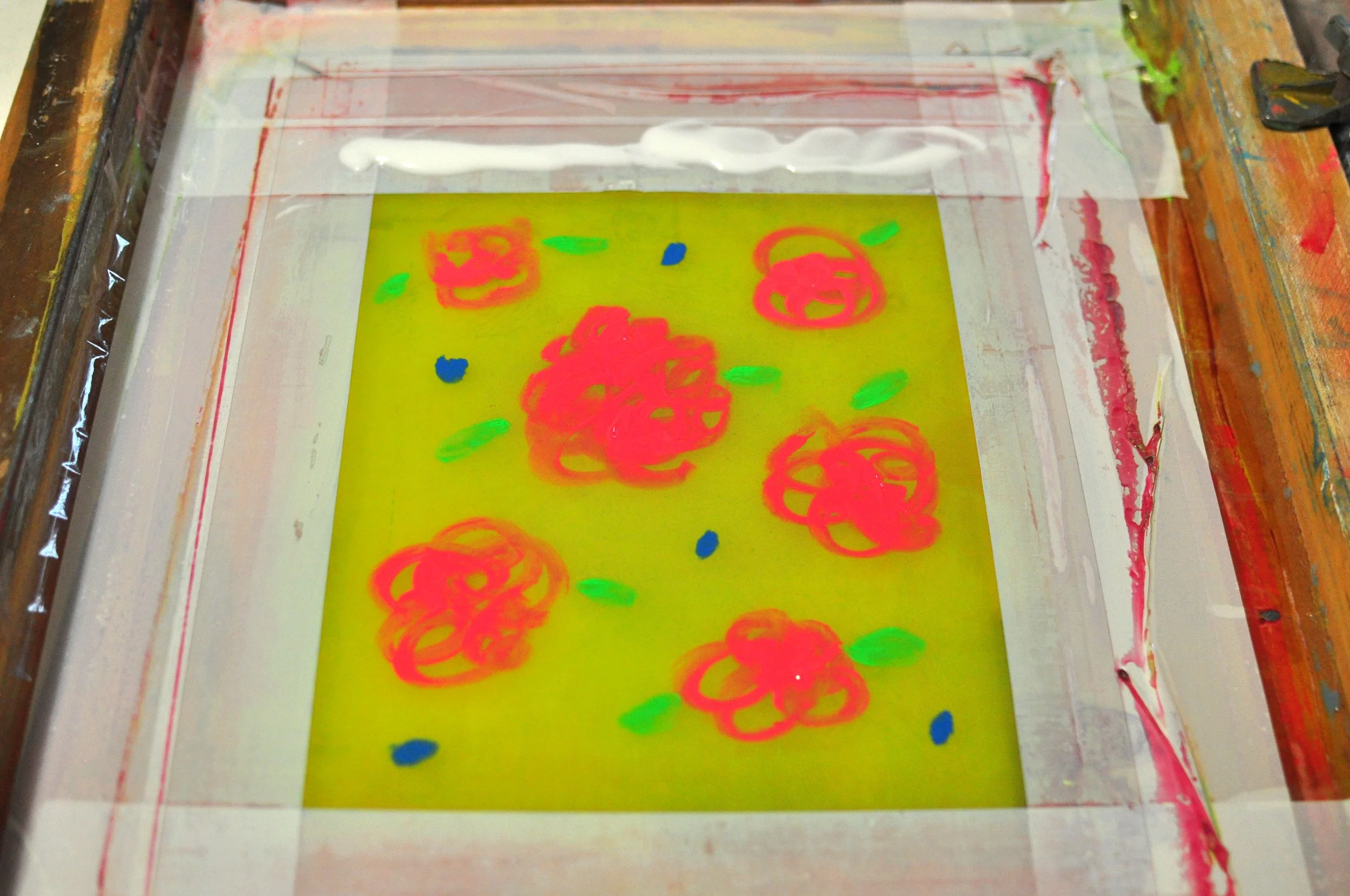ChatGPT said: Inside look at 10:9 Design LLC Company screen printing process
Wiki Article
The Crucial Overview to Recognizing Screen Printing and Its Versatile Makes use of
Screen printing has an abundant background that dates back to ancient times, progressing into an advanced method utilized across various industries today. This guide discovers the intricacies of the screen printing process, describing its applications in fashion, home, and advertising and marketing design - 10:9 Design Screen Printing. Comprehending these basics can open up creative capacity for both creative and business jobs. The complying with sections will certainly expose vital tips and strategies to enhance one's screen printing venturesThe Background of Screen Printing
Although screen printing has origins that trace back centuries, its evolution reflects the technical and imaginative improvements of different cultures. Stemming in ancient China, the strategy was at first made use of for decorating fabrics and later spread to Japan, where it became indispensable to Ukiyo-e woodblock printing. The technique changed to Europe in the 18th century, where it acquired popularity amongst artisans and commercial printers. The creation of picture solution in the 20th century revolutionized screen printing, enabling more elaborate styles and higher effectiveness. Artists like Andy Warhol better thrust its popularity, using the medium to develop famous jobs that mixed commercialism and art. By the late 20th century, screen printing had actually developed itself as a flexible technique, utilized in vogue, advertising and marketing, and fine art. Today, it remains to develop, integrating digital innovation and increasing its applications throughout various markets.The Screen Printing Refine Explained
Screen printing transforms creative visions into concrete styles with a collection of precise actions. A photo is produced and after that moved onto a screen, generally made of fine mesh material stretched over a framework. A light-sensitive emulsion is applied to the screen, which is revealed to light, solidifying in areas not covered by the photo. After washing out the unhardened emulsion, a pattern is formed.Next off, the screen is positioned over the substratum, whether it be textile, paper, or an additional material. Ink is then pressed via the open locations of the pattern using a squeegee, depositing the design onto the substrate listed below. This procedure can be repeated for numerous colors, requiring different screens for each and every shade. The published item is cured making use of warm to ensure the ink sticks appropriately, resulting in a durable, vivid design ready for use.
Types of Screen Printing Techniques

Furthermore, specialized techniques, such as discharge screen printing, eliminate color from the textile to produce softer prints, while aluminum foil screen printing uses metallic foil to achieve a glossy finish (10:9 Design reviews). Each technique supplies distinctive qualities, dealing with various imaginative demands and manufacturing scales, ultimately expanding the possibilities within the screen printing domain
Applications of Screen Printing in Numerous Industries

In addition, the signs and advertising fields use screen printing for developing appealing display screens and banners. This technique permits bold shades and elaborate styles that record attention. In electronics, screen printing is employed for applying conductive inks to circuit boards, vital for component links. Furthermore, the home style sector embraces screen printing to create distinct styles on fabrics and wall art. On the whole, screen printing acts as an important device across varied areas, boosting products with individualized and aesthetically enticing graphics.
Tips for Effective Screen Printing Projects
While embarking on a screen printing job, cautious attention to information can significantly improve the last result. Selecting top notch materials is essential; this consists of the screen, inks, and substratums. Using proper mesh counts can impact ink deposition and information resolution. Preparation is similarly essential; thorough cleaning of displays and correct exposure times guarantee crisp prints.Next off, exact enrollment is important for multi-color prints. Using placement tools can get more info help accomplish exact layering. Additionally, testing prints on scrap materials prior to manufacturing helps identify prospective issues without squandering sources.

Regularly Asked Concerns
What Products Are Best for Screen Printing on Material?
Cotton and polyester blends are ideal for screen printing on material due to their longevity and ink absorption. Furthermore, specialized textiles like silk or canvas can produce one-of-a-kind textures and surfaces, boosting the overall style top quality.Exactly how Do I Tidy and Maintain Screen Printing Devices?
To keep and cleanse screen printing devices, one need to consistently wash displays with appropriate solvents, check squeegees for wear, lube relocating components, and shop all items in a dry, dust-free setting to prolong their life expectancy.What Are the Ecological Effects of Screen Printing?
Screen printing can have substantial ecological impacts, including chemical waste from solvents and inks, water use throughout cleansing processes, and energy usage. Lasting practices and green products are necessary for minimizing these negative impacts.Can Screen Printing Be Done in your home Successfully?
Screen printing can be properly done at home with the appropriate products and techniques. Enthusiasts can develop top quality prints, though success depends on their skill degree, devices, and understanding of the process involved.
What Are the Costs Related To Starting a Screen Printing Organization?

Beginning a screen printing organization entails expenses for equipment, products, and work area. Initial expenditures commonly vary from a few hundred to numerous thousand bucks, depending upon the scale, top quality of machinery, and wanted manufacturing capacity.
Screen printing has a rich background that dates back to ancient times, advancing into an advanced technique used across various sectors today. One more technique, rotating screen printing, utilizes cylindrical screens, promoting continuous printing on material rolls, thus enhancing efficiency for large-scale productions. In addition, specialty methods, such as discharge screen printing, get rid of dye from the fabric to develop softer prints, while foil screen printing uses metal foil to attain a shiny surface. In the style sector, screen printing is commonly made use of to produce vivid designs on clothing, enabling brand names to showcase their one-of-a-kind styles. Cotton and polyester blends are ideal for screen printing on material due to their durability and ink absorption.
Report this wiki page